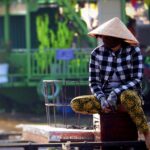Disasters
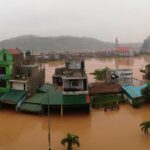
Vietnam is one of the most disaster-prone countries in the world. S-shaped with a 3,440 km coastline, its unique geographic location in the monsoon belt of Southeast Asia and diverse topography means that Vietnam suffers from many different types of natural hazards, including typhoons, tropical ...
Vietnam Digital Transformation Agenda

Vietnam is pushing toward Industry 4.0 with the government’s Digital Transformation Agenda (DTA) to leverage digital technologies to drive economic growth, improve governance, and promote social development. Digital transformation is being promoted as the key to unlocking the country’s two primary development goals: achieving net ...
Development and assistance for ethnic minorities and indigenous people
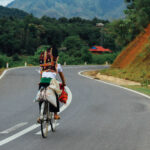
Vietnam’s civil society and ethnic minoritiesIntroductionIn Vietnam, ethnic minorities are supported by a network of non-governmental organizations, known as “civil society”. Civil society includes international non-governmental organizations (INGOs), Vietnamese mass organizations, Vietnamese umbrella organizations, Vietnamese NGOs (VNGOs), community-based organizations (CBOs), and professional organizations, although professional ...
Poverty policy and regulation
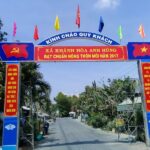
The National Targeted Program on New Rural Development – 10 years review and way forwardIntroductionIn Vietnam, rural development is nearly synonymous with agricultural sector development. Agriculture itself is crucial in Vietnamese policy, as it forms the backbone of the country’s economy. Thus, rural development has ...
(Tiếng Việt) Một vài nét tổng quan về ngành công nghiệp khai khoáng của Việt Nam
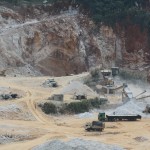
Sorry, this entry is only available in Vietnamese. ...
Agriculture and Fishing
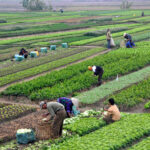
The role of agriculture in VietnamThe agriculture sector plays a crucial role in Vietnam’s economy and society. In Vietnam, the sector includes crop production, livestock, fisheries, and forestry. Vietnam’s tropical climate, fertile soil, abundant water supply and rich biodiversity means that after 40 years of ...
Drought

The New Normal: Mekong Delta faces droughts and saltwater intrusion1. The SituationVietnam’s Mekong Delta is the third-largest delta on Earth and home to nearly 18 million people, whose livelihoods rely mainly on agricultural and aquacultural production. Considered the “Rice Bowl” of Vietnam, the Delta supports ...
Ethnic minorities and indigenous people policy and rights

IntroductionThe Vietnamese Government recognizes 53 ethnic minorities374 Other counts suggest the existence of more than 90 groups, amounting to approximately 10 million people, or nearly 10% of Vietnam’s population.375 Most ethnic minorities inhabit remote areas of Vietnam and have their own belief systems which are ...
Vietnam Waste Management
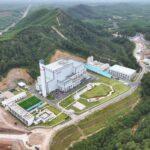
Vietnam, a rapidly developing nation in Southeast Asia, is undergoing significant economic growth, industrialisation, and urbanization. While these advancements have boosted the economy, they have also led to increased waste generation and complex waste management challenges. Effective waste management is crucial for maintaining environmental sustainability, ...
Forest policy and administration

Key LawsCircular No. 34/2009 / TT-BNNPTNT on the criteria for determining and classifying forests (2009)Decree No.117/2010/ND-CP on Organization and Management of the Special-Use Forest System (2010)Land Law (2013)Law on Forestry (2017)—replaced Law on Forest Protection and Development (2004)Classifying Forest LandAll land and the natural resources ...
Rivers and lakes
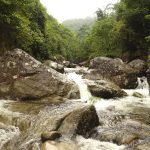
Vietnam surface water system includes all of the water in rivers, streams, lakes, ponds, and wetlands, as well as the ocean, in which river water resources are the most important that are widely used in livelihood and production. River near Sa Pa, Vietnam, a frontier town and ...
Water resources
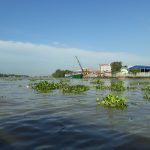
Water resources in Vietnam are quite diverse, comprising both natural and artificial water bodies. The countries water resources are under increasing pressure from over-exploitation due to increased irrigation demand, urban and industrial development, as well as concentrated areas of increasing population. 583 Ensuring national water security is ...
A Landscape of Vietnam Labor and Migration

Vietnam’s economic boom in recent decades has significantly reshaped its labor market and migration patterns. Driven by robust growth, rapid urbanization, and shifting demographics, Vietnam’s workforce is undergoing a dynamic transformation. This article explores the current state of Vietnam’s labor force, its internal and international ...
Communal Land

Customary and Communal Land PracticesCustomary practices of land use are established patterns of behavior that are locally recognized in rules and customs, either oral or written 645. Unlike national laws and policies, customary practices (sometimes called “customary law”) are developed and adapted over time by ...
State Public Land
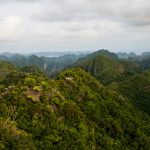
State Forest LandDuring revolution and national unification, the Vietnamese government nationalized agricultural and forest land throughout the country. While agricultural land was de-collectivized in the Đổi mới reforms since the mid-1980s, the majority of forest and forest land has continued to be managed by state ...
Land classifications

Land ConsolidationLand in Vietnam is divided into extremely small parcels by world standards. The average agricultural landholding is 1,560 square meters per capita, which is less than one-third of standard holdings in Thailand or Cambodia. Up to 70% of rural households have land use rights ...
Aid and development
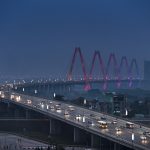
International aid plays a significant but decreasing role in Vietnam’s national expenditure. For example in 2013, official development assistance (ODA) as a percentage of the national budget had decreased to 11.2% from 25.4% in 2003.749 The nature of development assistance has changed a lot over ...
Economy and commerce
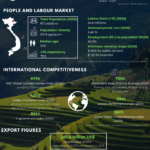
1. BackgroundVietnam declared independence in 1975 after more than 1000 years of colonization, war and conflict. At this point, Vietnam was one of the world’s poorest countries. However, in a period of 15 years, Vietnam transformed from an agricultural-based society into a transitioning lower-middle income ...
Land
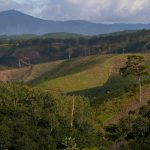
Vietnam’s 0.3 hectare of agricultural land per person is among the lowest in the world. Vietnam’s Constitution holds that land and other natural resources are "public property, owned by all the people..." Vietnamese law does not recognize customary forms of tenure, and communities (villages) do ...


